European Options: Definition, How It Works, Types, Advantages and Disadvantages
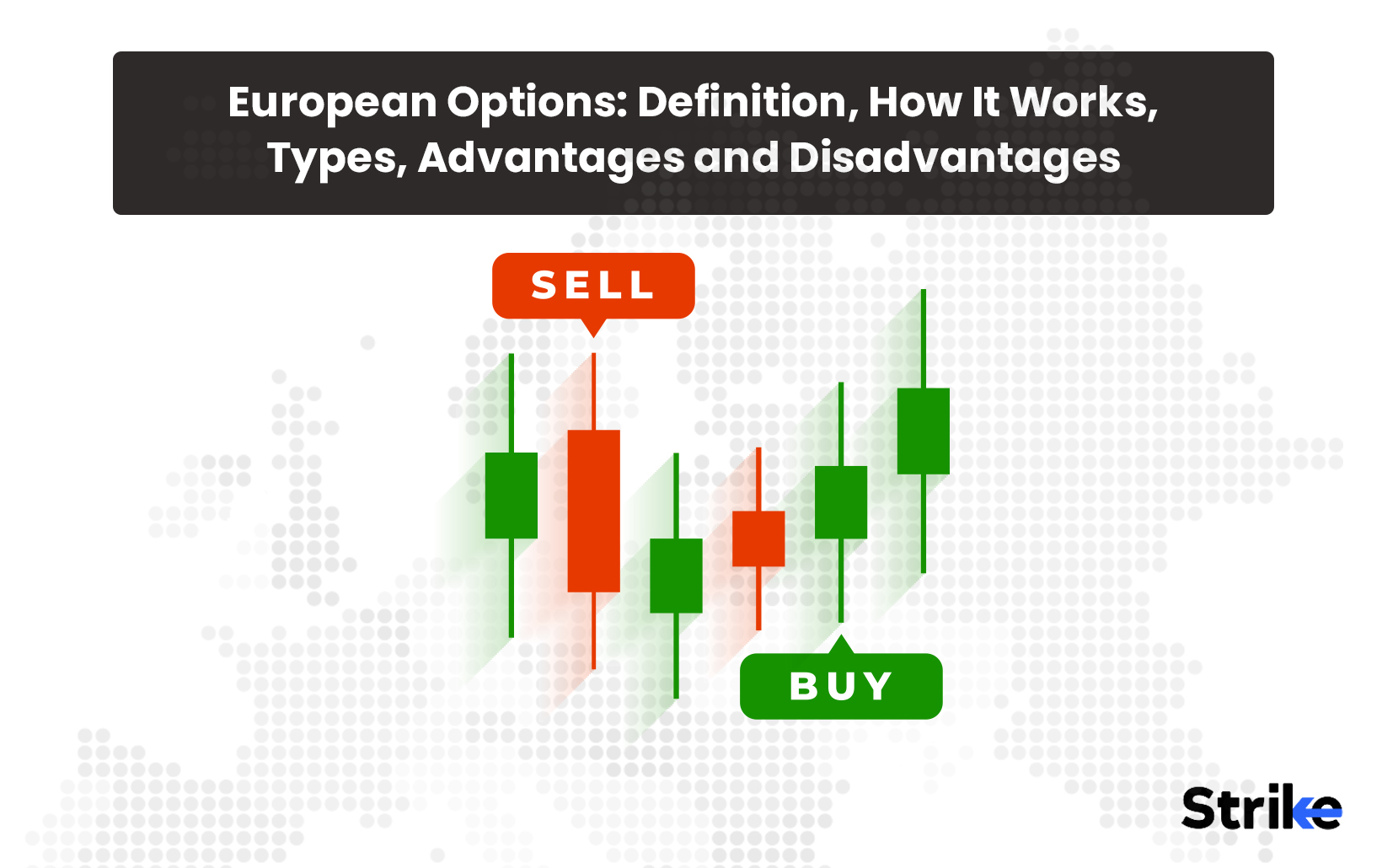
European options are type of options contract that is only exercised on the expiration date. European option’s holder has the right, but not the obligation, to buy or sell the underlying asset at a predetermined price on the expiration date.
European options work by establishing a contract between two parties – the buyer and seller of the option. The buyer pays a premium to the seller for the rights granted by the option. On the expiration date, the buyer exercises the option if it is profitable to do so.
For call options, the buyer will exercise if the asset price is above the strike price. For put options, the buyer will exercise if the asset price is below the strike price. Incase the option expires out of the money, it simply expires worthless.
The main advantages of European options are that they are generally easier to value than American options, and they can’t be exercised early, eliminating early assignment risk. The disadvantages are reduced flexibility since the option only be exercised on the expiration date, and lack of ability to react to events occurring before expiration.
What Does European Options Mean?
A European option is a type of financial contract that gives you the right, but not the obligation, to buy or sell an underlying asset at a fixed price on a specific expiration date. European options are one of the two main flavors of options contracts – the other being American options which cis exercised any time before they expire.
The key characteristic of European options is that you can only exercise them on the expiration date itself, not before. This is different from American options, where you can exercise at any point up to and including the expiration date. Not being able to exercise early changes the risk profile and pricing of European options compared to American ones.
The expiration date is the one and only day you can exercise a European option if you choose to do so. This limitation on exercise timing is the core feature that distinguishes European options from their American counterparts. But it also makes European-style options easier to value mathematically.
The expiration is usually set at a future date, often ranging from a few weeks to several months or years into the future. The fixed price is known as the strike price and represents the price per share at which the underlying asset is bought or sold when the option is exercised on the expiration date. There are two main types of European options.
A European call option gives the holder the right to buy the underlying asset on the expiration date at the strike price. Call options will be exercised if the underlying asset price is above the strike at expiration, as this allows the holder to buy at the lower strike price and immediately sell at the higher market price to lock in a profit.
Puts
A European put option gives the holder the right to sell the underlying asset on the expiration date at the strike price. Puts will be exercised if the underlying price is below the strike at expiration, as this allows the holder to sell at the higher strike versus the lower market price.
In both cases, the option only has intrinsic value and are only exercised at expiration per the European style. At expiration the option is out of the money meaning the strike is less ideal than the market price – it expires worthless with no value.
European options have multiple underlying assets depending on what is specified in the contract. Common underlyings include the below.
Stocks
Gives option to buy or sell shares of a company.
Commodities
Option on assets like gold, oil, corn.
Currencies
Option on currency pairs like EUR/USD.
Indices
Option on stock indices like S&P 500, FTSE 100.
Bonds
Option on a specific bond or bond ETF.
Futures
Option on a futures contract.
Cryptocurrencies
Option on coins like Bitcoin, Ethereum.
The buyer of a European option contract pays a premium to the seller, which represents the maximum loss they incur if the option expires worthless. The premium is based on multiple factors including the strike price, time to expiration, and volatility of the underlying. As expiration nears, time value decay reduces the premium, making profits more challenging.
European options trade both over-the-counter between institutions or on public exchanges like the Chicago Board Options Exchange. They are also used for speculation, hedging, and arbitrage strategies due to their risk/reward characteristics. Understanding European options is key for traders looking to utilize the contracts while managing defined risks.
How Does European Options Work?
European options work by establishing a financial contract between two parties – the buyer and seller of the option. This contract gives the buyer the right, but not the obligation, to buy or sell the underlying asset at a fixed strike price on the expiration date. The ability to exercise the option only on the expiration date is the key mechanism of a European style option.
The European option buyer pays an upfront premium to the seller, which grants them the rights defined in the contract. This premium is non-refundable, meaning the maximum loss for the buyer is the amount of premium paid. The premium cost is based on multiple factors including the strike price, time to expiration, and volatility of the underlying asset.
Once the contract is established, the value of the European option will fluctuate as the price of the underlying asset changes. For a call option, the value generally increases as the underlying price rises, and decreases as it falls. The opposite relationship exists for put options.
On the expiration date, the buyer will look to exercise the option if it is profitable to do so. For call options, this means the underlying price is above the strike price. Exercising allows the buyer to acquire the asset from the seller at the lower preset strike, and immediately sell it at the higher market price. The net result is a positive cash inflow for the call buyer.
For put options, profitable exercise occurs when the underlying price is below the strike on expiration. By exercising a put, the buyer sells the asset to the seller at the higher strike price versus the lower market price. This results in a positive cash inflow for the put option buyer.
On expiration the option is out of the money means the strike is not ideal versus the market price, it expires worthless with no value. The option buyer loses the premium paid, while the seller keeps it as profit. For calls, being out of the money means the strike is above the market price. For puts, it’s when the strike is below market price.
The seller of a European option is obligated to fulfill the terms if assigned. For call options, this means delivering the underlying asset at the agreed strike price if exercised. For put options, it means buying the asset at the strike if exercised by the buyer.
Settlement of European options depends on whether the underlyings are physically settled or cash settled. Physically settled means the actual assets change hands. Cash settled means cash is exchanged based on the price difference rather than the assets themselves.
What are Different Types of European Options?
There are two main types of European options – calls and puts. European call options give the holder the right to buy the underlying asset on the expiration date at the specified strike price. European put options give the holder the right to sell the underlying asset on the expiration date at the specified strike price.
1. European Call Options
A European call option is a financial derivative contract that gives the buyer the right, but not the obligation, to purchase an underlying asset at a preset fixed price on a specified expiration date. European call options grant the buyer the right to buy the underlying security or asset at the agreed strike price on the expiration date – and no earlier.
European calls have defined risk and reward profiles for both the buyer and seller. The maximum loss for the call buyer is limited to the premium paid to acquire the option. The potential reward is unlimited above the strike price. The seller collects the premium upfront but has the obligation to deliver the underlying at the strike price if the call buyer exercises on expiration.
These dynamics make European call options useful for speculating on upside price movements of the underlying. The limited downside gives buyers upside exposure for a fixed known cost. Sellers also use covered calls to earn income by selling options on assets they already hold.
Mechanically, European call options will be exercised at expiration if the underlying price is higher than the strike price. This allows the buyer to acquire the underlying from the seller at the lower preset strike price versus the higher market price. The net result is a positive cash inflow for exercising the profitable call option.
A expiration the call option is out of the money – meaning the strike price is above the market price – it expires worthless with no value. The buyer loses their premium paid and the seller keeps it as profit. Being out of the money means exercising would result in getting the underlying at the higher strike versus the lower market price, for no gain.
Factors that influence European call premium pricing include the strike price, time to expiration, and volatility of the underlying asset. Higher strike prices mean the call is less likely to end up profitable, lowering the premium cost. More time until expiration raises the odds of ending up in the money, increasing the premium. Higher underlying volatility also boosts the odds of a favorable price move, raising premiums.
2. European Put Options
A European put option is a financial derivatives contract that gives the holder the right, but not the obligation, to sell the underlying asset at a predetermined price on a fixed expiration date. European options are only exercised at expiration, unlike American options which are exercised at any time prior to expiration. Put options become more valuable as the price of the underlying asset decreases, and become worthless if the price expires above the strike price.
The payoff profile of a European put option demonstrates how it behaves as the price of the underlying changes. Aat expiration the asset price is below the strike price means the option holder exercise the put to sell the asset at the higher strike price, capturing the difference as profit. The lower the market price, the greater the intrinsic value of the put. The price is above the strike at expiration means the option has no value and is left unexercised.
As an example, say a trader buys a 3-month put option on stock XYZ with an Rs.50 strike price for a premium of Rs.2 per share. Conside XYZ is trading at Rs.40 at expiration, the trader will be able to exercise the put and sell XYZ at Rs.50, making Rs.50 – Rs.40 = Rs.10 profit per share minus the Rs.2 premium paid, for a net profit of Rs.8. If XYZ is instead at Rs.60, the put option expires worthless but the trader only loses the initial Rs.2 premium paid.
The maximum profit is the strike price less the premium paid if the stock goes to zero. The maximum loss is limited to the premium paid for the option.
The main factors that influence the value of a European put option are the underlying asset price, strike price, time to expiration, volatility, risk-free rate, and dividends. The lower the underlying asset price, the more valuable the put becomes as it goes deeper in the money. The higher the strike price relative to the market price, the greater the intrinsic value for the holder to sell the asset above market value.
More time until expiration means higher value, with more chance for the asset to move lower. Higher implied volatility of the underlying means higher option value, as there is more expected price movement. Higher risk-free rates increase European put values slightly due to discounted present value. Expected dividends on the underlying asset reduce European put value slightly.
There are a few key reasons traders use European put options. Puts help hedge a long stock position against potential downside moves in the share price. Traders buy puts to profit from a forecasted downward move in the stock. Selling/writing puts generates premium income but obligates the seller to buy the stock if assigned. The defined-risk nature of options lets traders precisely limit potential losses.
How are European options Being priced?
European options are priced using quantitative models that account for various factors that affect the option’s value. The most common pricing model used is the Black-Scholes model, which considers the following key determinants.
The current market price of the underlying security impacts the option value since it determines moneyness. Options on assets trading at higher prices will tend to have higher values.
Strike price is the the predetermined price at which the option is exercised. The relative level of the strike price to the current market price impacts moneyness and the intrinsic value.
Time to expiration is the remaining time until the option expires is a major determinant of value. More time equals higher option value, with more opportunities for the asset price to move advantageously.
Prevailing risk-free interest rates impact European option values. Higher rates increase call values and decrease put values due to the effect on present values.
Implied volatility is a measure of the expected magnitude of future price movements. Higher volatility raises the chances of favorable price swings for the option buyer and thus increases the option value.
Expected dividend payments on the underlying asset lower call option values and raise put values due to the impact on stock pricing.
Understanding what drives option pricing allows traders to determine if an option is over or undervalued.
What are the Advantages of Trading European Options?
European options offer traders unique benefits and advantages compared to other financial instruments. The key advantages include the following six.
Defined and Limited Risk Profile
European options have a defined maximum loss limited to the premium paid to purchase the option contract. This allows traders to control and quantify their risk exposure when entering a trade. The known, fixed potential loss simplifies risk management and position sizing decisions. Traders properly size positions based on their precise risk tolerance. Defined risk helps with capital preservation. The most a trader lose is the cost of the option, allowing for better capital planning.
Contrasts with short selling stock which has unlimited loss potential if the stock rises. European options limit losses due to the non-recourse nature of options. Downside is strictly defined even if the underlying asset price moves drastically against the trader. Removes emotional factors and fear of uncapped losses.
Upside Leverage and Participation
European options provide leverage relative to the capital outlay required. The percentage gains exceed the percentage move in the underlying. Traders participate in a greater portion of the upside move compared to only owning the stock. Calls magnify upside when the stock price rises.
Out-of-the-money options provide the greatest leverage due to high delta values and low premium costs. Leverage enables capturing outsized returns from accurate directional forecasts using less capital. It compounds gains through rolling into additional contracts after successful options trades.
Flexibility in Strategies
Many advanced options strategies utilize European style options due to their defined risk parameters. Iron condors, credit/debit spreads, and butterflies rely on European options. It combines multiple options contracts to craft positions aligned with your market outlook, risk tolerance, and return objectives. No early assignment risks enables holding options to expiration to capture the full time value decay.
It precisely tailor strategy payoff profiles using European options to match your trading plan. Provides flexibility to implement strategies like covered calls, protective puts, collars, straddles, strangles, and calendar spreads.
Wide Range of Underlying Assets
Major indexes like S&P 500 and Dow Jones use European exercise rules, enabling trading on broad market movements. European options available on thousands of stocks, ETFs, and equities providing diverse trading opportunities. Major commodities like gold, silver, oil, and natural gas utilize European options. Allows trading macro economic trends. Currencies, treasury bonds, and many other asset classes also have European style options. Broad availability provides traders ample options contracts enabling implementation across various security types.
Income Generation
Selling/writing European option contracts generates income in the form of premium collected from the buyer. Income earned from options premiums supplement other revenue streams. Put writing and covered call writing rely on European options to slowly generate income from sideways or moderately upward trending markets. Premium decays over time, allowing closing trades at a profit as time value erodes.
European options offer an attractive instrument to capture directional market views in a risk-controlled manner when utilized properly.
What are the Disadvantages of Trading European Options?
The main five disadvantages of European options center around their distinguishing feature – the inability to exercise before expiration. This defining characteristic brings meaningful trading limitations and risks.
Lack of Flexibility in Exercise Timing
The main disadvantage of European options is the inability to exercise before expiration. This limits flexibility compared to American options. Traders cannot react to favorable price movements or changes in market conditions over the life of the option by early exercising. This forces holders to wait until the fixed expiration date to exercise their rights, even if most optimal to do so earlier.
Requires Holding Through Time Decay
Since European options cannot be exercised early, holders must endure time decay all the way until expiration. As time value erosion accelerates into expiration week, European option values can decline significantly. Traders are forced to hold through time deterioration and cannot early exercise to capture remaining intrinsic value.
Vulnerable to Last Minute Price Swings
With no ability to exercise early, European option holders must bear the brunt of any adverse last-minute price swings heading into expiration. Even major moves against the holder in the final trading sessions must be absorbed, as there is no escaping early assignment. Illiquid options are especially vulnerable to price gaps at expiry.
Receives No Dividends or Other Distributions
Holders of in-the-money European call options forgo receiving any dividends or other distributions paid out on the underlying stock. Only exercised call option holders become shareholders entitled to payouts. European call holders must wait until the fixed expiration date to get long the stock, missing any dividends issued beforehand.
Assignment and Settlement Uncertainty
European options face uncertainty around assignment and settlement procedures at expiration. While an American option holder oversees the exercise process, European option holders face automated assignment if in-the-money at expiry. Settlement practices like exercise by exception introduce risk for unwary traders. Mastering the nuances of expiry processing is critical.
The defining feature of European options – inability to exercise before expiration – brings meaningful drawbacks: lack of timing flexibility, forced time decay exposure, vulnerability to late price swings, missed dividends, and opaque assignment procedures.
While European options have some theoretical valuation advantages, the trading limitations make them unsuitable for many investors and strategies. Carefully weigh whether forfeiting early exercise is appropriate for your goals when considering European options.
How can investors use European options in the market?
What are the key characteristics of European options?
Below are the five key characteristics of European options and their trading strategy impacts.
Exercise Only at Expiration
European options are only exercised on the expiration date, not before. This eliminates early exercise rights and requires holding the option to maturity rather than exercising early to capture dividends or news events. It also reduces flexibility to exit positions before expiration outside of closing the trade. This means traders must carefully pick expirations when utilizing European-style options.
Defined Risk
A major advantage of European options is defined and capped downside risk. The maximum loss is limited to the premium paid to buy the option. This allows for solid risk management through position sizing based on the known maximum exposure. It also enables conservative capital planning since the total exposure is known when entering a trade. European options permit taking large directional exposures while limiting downside risks.
No Early Assignment Risk
Short European option positions cannot be assigned early, removing uncertainties over holding until expiry. This eliminates chances of unwanted early option exercise from counterparties. It also allows implementing spreads without concern of legs being called away prior to expiration. Shorts capture full time value decay by holding positions to maturity.
Pricing Models
European options have fewer valuation variables, simplifying models like Black-Scholes. With no early exercise, fewer inputs are needed to price European options compared to American equivalents. This provides greater precision in estimating option values, volatility, and fair prices.
Broadly Traded
Many classes of options including indexes, stocks, commodities, and currencies utilize European exercise rules. This provides diverse trading opportunities across derivatives on various underlyings. European options also tend to be very liquid due to standardized terms.
The unique attributes of European options allow crafting strategies with fixed risks while limiting early assignment. The trade-off is reduced flexibility to exercise before expiration. Overall, they provide attractive vehicles for speculating, hedging, and spreads.
What is the role of the underlying asset in European options?
The current market price of the underlying asset directly has a key role intrinsic value component of a European option’s premium. Higher underlying prices increase the intrinsic value of call options, making them more in-the-money and raising the premium.
Lower underlying prices make put options more in-the-money, increasing their intrinsic value and premium. At-the-money options with minimal intrinsic value are highly sensitive to small changes in the underlying price.
The actual and expected volatility of the underlying asset also impacts the time value component of the option premium. Higher volatility increases the probability of substantial price moves in either direction before expiration. This greater uncertainty raises the time value of both calls and puts. Implied volatility derived from the underlying’s price fluctuations is a key input into models like Black-Scholes for pricing options. More volatile underlyings have greater implied volatility priced into their premium.
For European call options, expected dividends or distributions from the underlying asset influence valuation as well. Dividends make calls less valuable as the stock price decreases on the ex-dividend date. Meanwhile, put values see a slight increase from dividends. High dividend stocks will tend to have lower call premiums compared to puts when other factors are equal.
The underlying asset sets the baseline intrinsic value and contributes heavily to time value based on volatility. Understanding this linkage between the underlying and the options premium is critical for accurate valuation.
How Does European Options Differ from American Options?
The biggest difference between European and American options is exercise rights. European options only be exercised at expiration while American options allow exercise at any time prior to expiration. This gives American options more flexibility to react to news events, dividends, and favorable price movements through early exercise. European options conversely have more restrictions requiring holding until maturity outside of closing positions. This reduces optionality value.
American options also have higher premium values than comparable European options of the same strike and expiry. Greater time value is priced into American options given the potential for early exercise to capture dividends or intrinsic value. An American call option will virtually always trade at a higher premium than a similar European call option.
The two types also differ in their risk profiles. American options have unlimited profit potential given the opportunity for early exercise before a large price movement. European options have capped profit potential limited to the strike price less premium paid. Their fixed upside reduces volatility value. Short American option positions also carry higher risk as they are assigned early, whereas European short options have greater clearly defined risk.
In terms of availability, American options are more common across classes like equities and ETFs. Major indexes utilize European options. European options are more standardized and widely available across different asset classes like currencies, commodities, bonds, and futures.
How do expiration dates and prices influence the trading of European options?
Longer dated European options have more time value priced into the premium since there is more opportunity for the underlying to move favorably before expiration. Near term options have less time value and are more sensitive to underlying price changes given less time to expiry.
Traders must balance the higher cost of longer dated options against the desire for sufficient time for their thesis to play out. Picking the optimal expiration requires accurately forecasting the duration of the expected price move. Shorter expiries offer cost savings but experience the highest theta decay as maturity approaches.
The moneyness of strike prices also impacts trading. Deep in-the-money options have high delta values close to 1.0 and behave similar to owning the underlying asset. Deep out-of-the-money options are inexpensive with low deltas but offer high leverage and gain substantially if their strike is reached. At-the-money strikes balance affordability with sensitivity to underlying moves. Moneyness determines the mix of time value and intrinsic value in the premium.
Additionally, strike prices impact risk profiles. Buying options with strikes far from the spot price limits loss to just the premium paid if wrong. Tighter strikes with higher deltas risk larger losses if the market moves against the position before expiry. Strike selection lets traders balance affordability with desired risk parameters. Writing options with low probability of being in-the-money provides high probability of profiting from premium decay.
What are some common trading strategies used with European options?
Below are seven popular European options trading strategies and their risks and rewards.
Long Calls
Buying call options provides leveraged upside if the underlying stock rises above the strike price by expiry. The reward is unlimited upside if the stock rises. The risk is limited to the premium paid if the stock is below the strike at expiry.
Long Puts
Buying put options provides leveraged profit if the underlying stock declines below the strike price by expiry. The reward is substantial gains if the stock drops below the strike. The risk is limited to the premium paid if the stock remains above the strike.
Covered Calls
Writing call options on stock you already own generates income in exchange for capping gains if called away. The reward is collecting premium income. The risk is the opportunity cost if the stock rallies above the strike price.
Cash Secured Puts
Writing put options backed by cash allows you to potentially buy stock below the current price. You earn premium income from high probability of expiring worthless. The reward is premium collected. The risk is being assigned the stock if it drops below the strike.
Bull Call Spreads
Buying a call and selling a higher strike call funds the position and limits risk. Profits if stock rises modestly by expiry. The reward is limited upside between the strike prices. The risk is the net premium paid if stock finishes below the lower strike.
Bear Put Spreads
Buying a put and selling a lower strike put funds the position with defined risk. Profits if the stock declines. The reward is limited downside between the strikes. The risk is premium paid if stock is above the higher strike at expiry.
Iron Condors
A combination of a bull put spread and bear call spread using four options. Profits from low volatility environments. The reward is maximum premium collected if stock is between the strikes at expiry. The risk is the distance between the strikes.
These strategies allow traders to apply leverage, control risk, generate income, and profit from various market conditions using the unique payoff profiles of European options. The expiration restrictions require planning to give sufficient time.
What are examples of European options used in financial markets?
The examples of options are dependent of the types of option. Below are the most widely traded types of European options across major financial markets.
Equity Index Options
Options on major stock indexes like the S&P 500, Dow Jones, and Nasdaq 100 utilize European exercise. This allows speculating on the broader market direction using index options instead of individual stocks. Traders implement strategies like bull call spreads, put writing, and iron condors on indexes. Index options also provide exposure to equity sectors and industries.
Individual Stock Options
Most optionable stocks use American style options but some international companies utilize European exercise. European stock options provide straightforward vehicles for directional views or covered call writing on individual companies. They are useful for mitigating concentrated stock positions and single company risks through hedging strategies.
Commodities Options
Major commodity futures including gold, silver, oil, and natural gas have European options. This enables traders to benefit from commodity volatility and price movements without owning the futures. Investors hedge commodity producer stocks through puts on associated commodity options.
Currency Options
Major currency pairs like EUR/USD, USD/JPY, and GBP/USD have liquid options markets using European exercise. These are useful for speculating on currency moves, hedging foreign exchange exposure, or generating income.
Bond Options
Options on government bond futures contracts typically follow European exercise rules. This allows capitalizing on interest rate volatility and bond price fluctuations.
European options’s standardized terms and availability across many markets make them a versatile trading tool.
Are Options More Risky than Stocks?
Yes, options are sometimes considered more risky than stocks, but it’s important to note that risk is somewhat subjective and can vary depending on how you use these financial instruments. Here’s a quick comparison:
Is Trading Options a Type of Gambling?
No, Speculating on short term price movements has elements of gambling – Trying to profit from very short term upside or downside price action with options is akin to gambling. But this the prediction is done ideally using research and data.


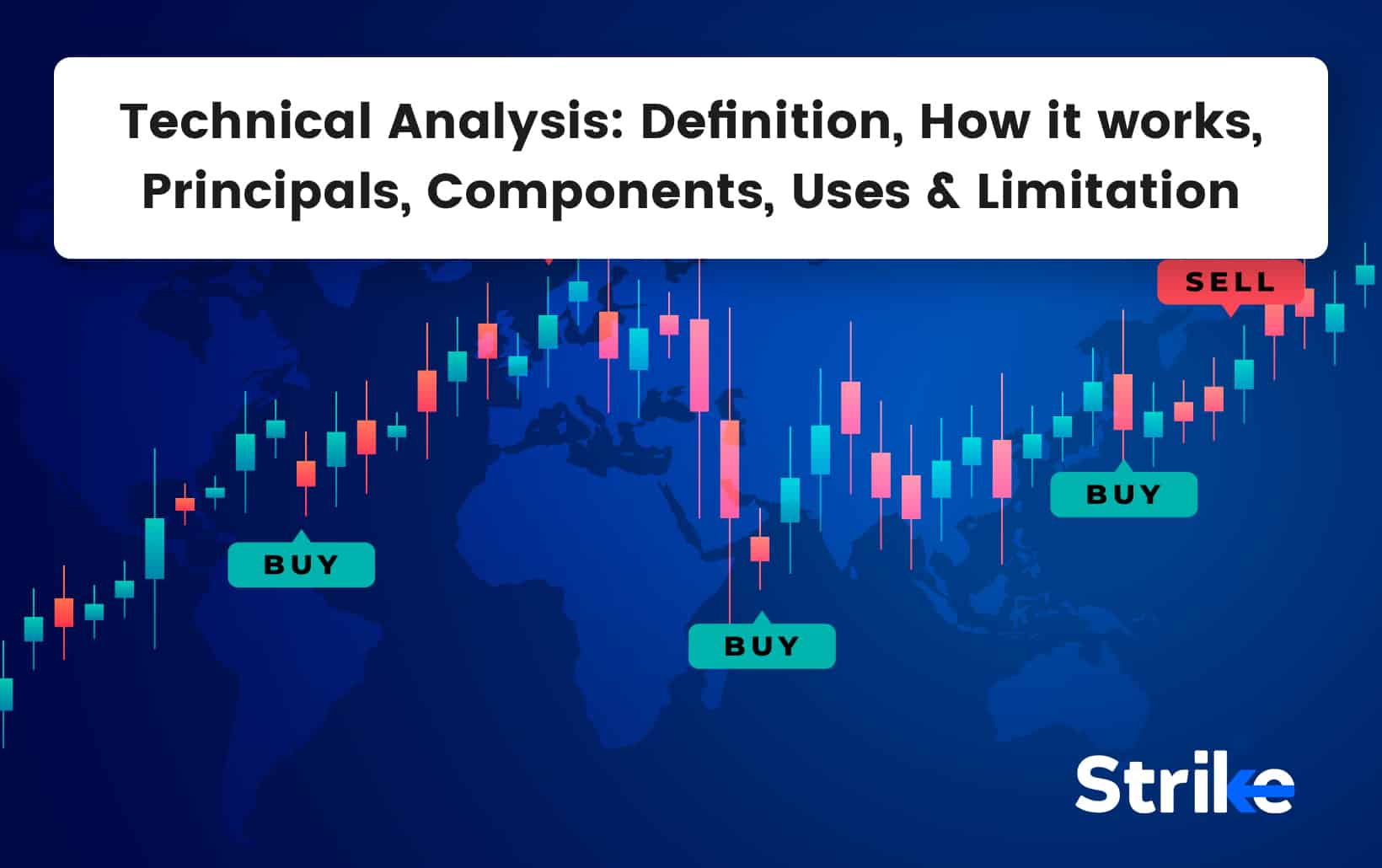
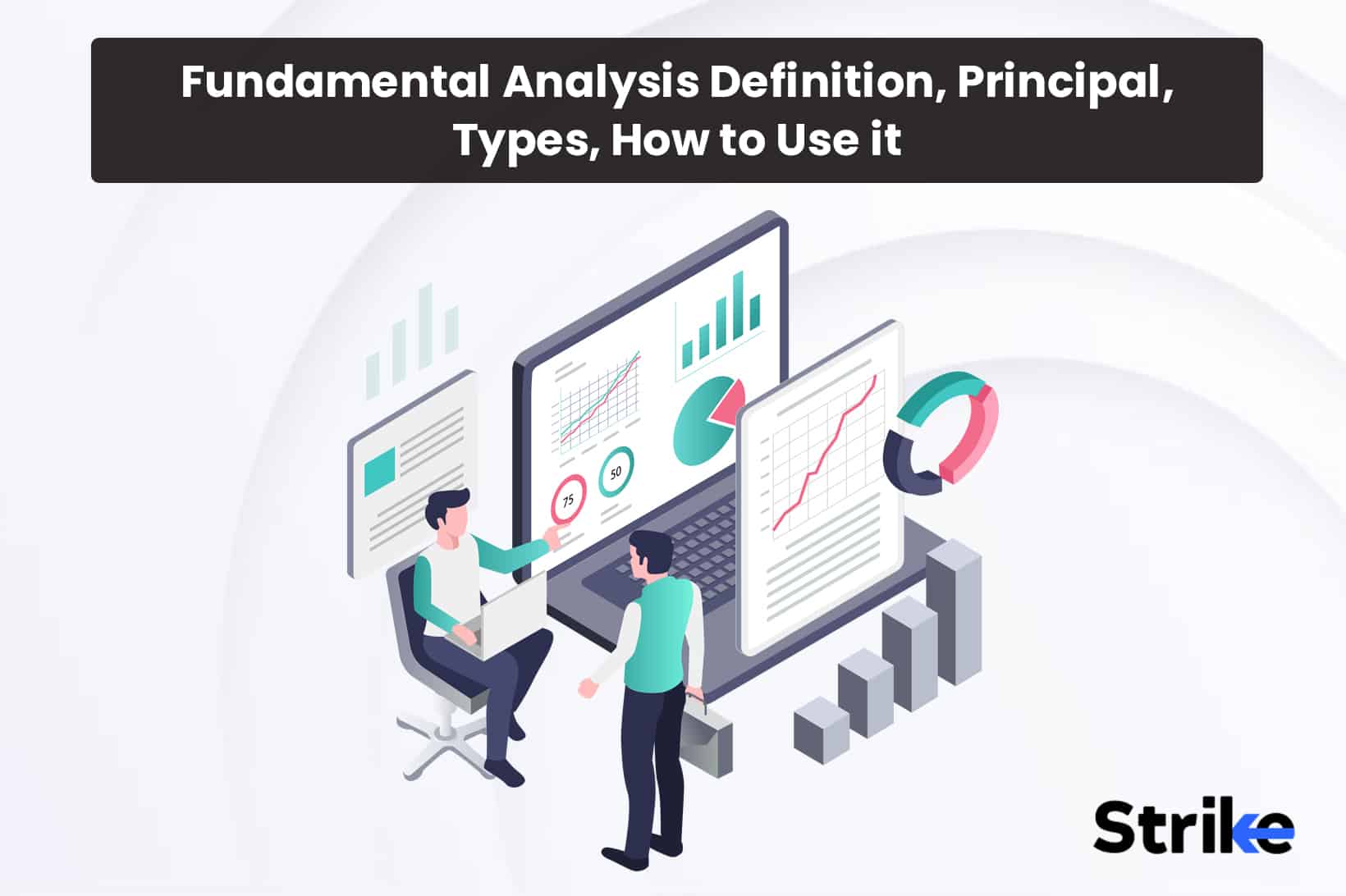


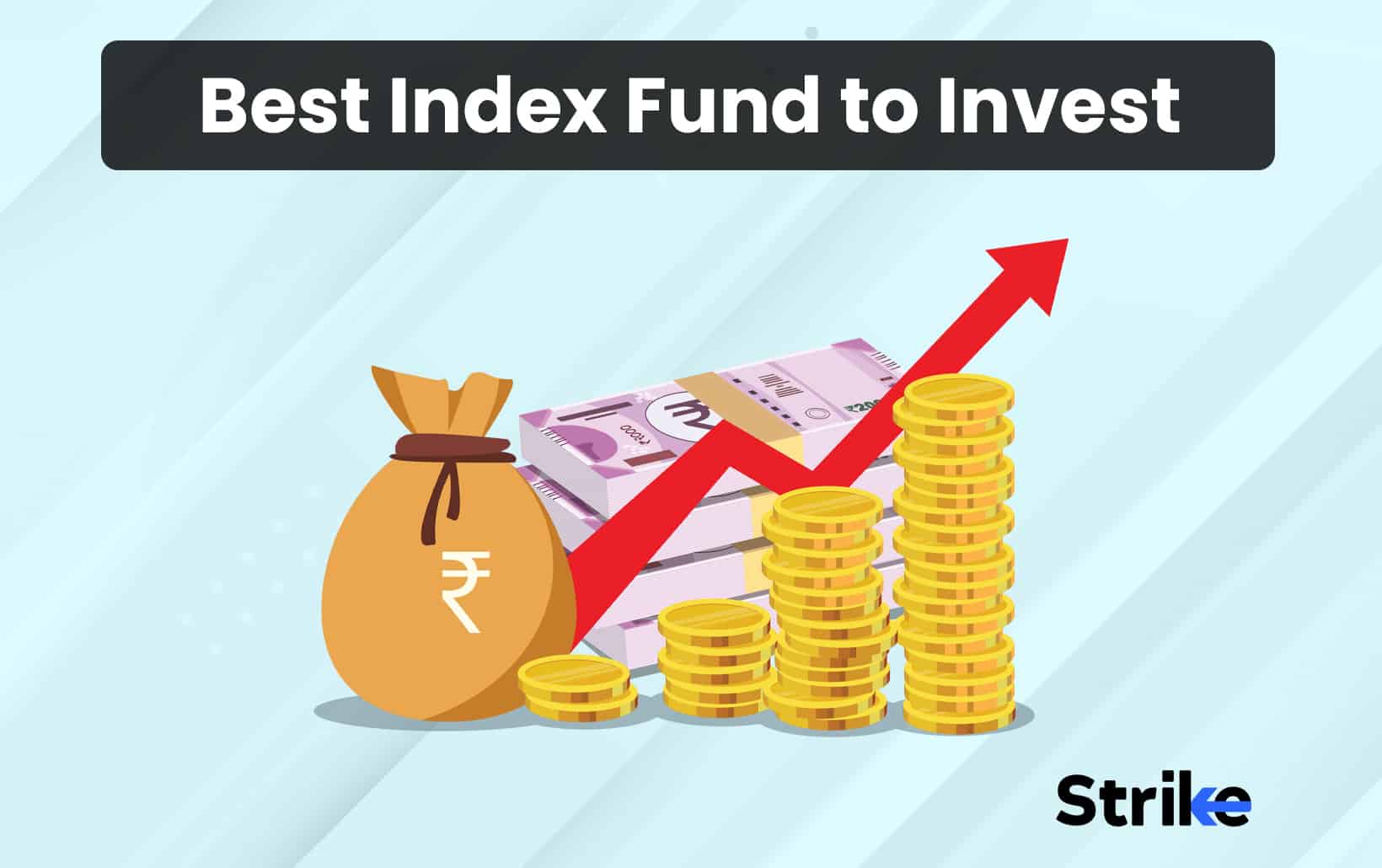



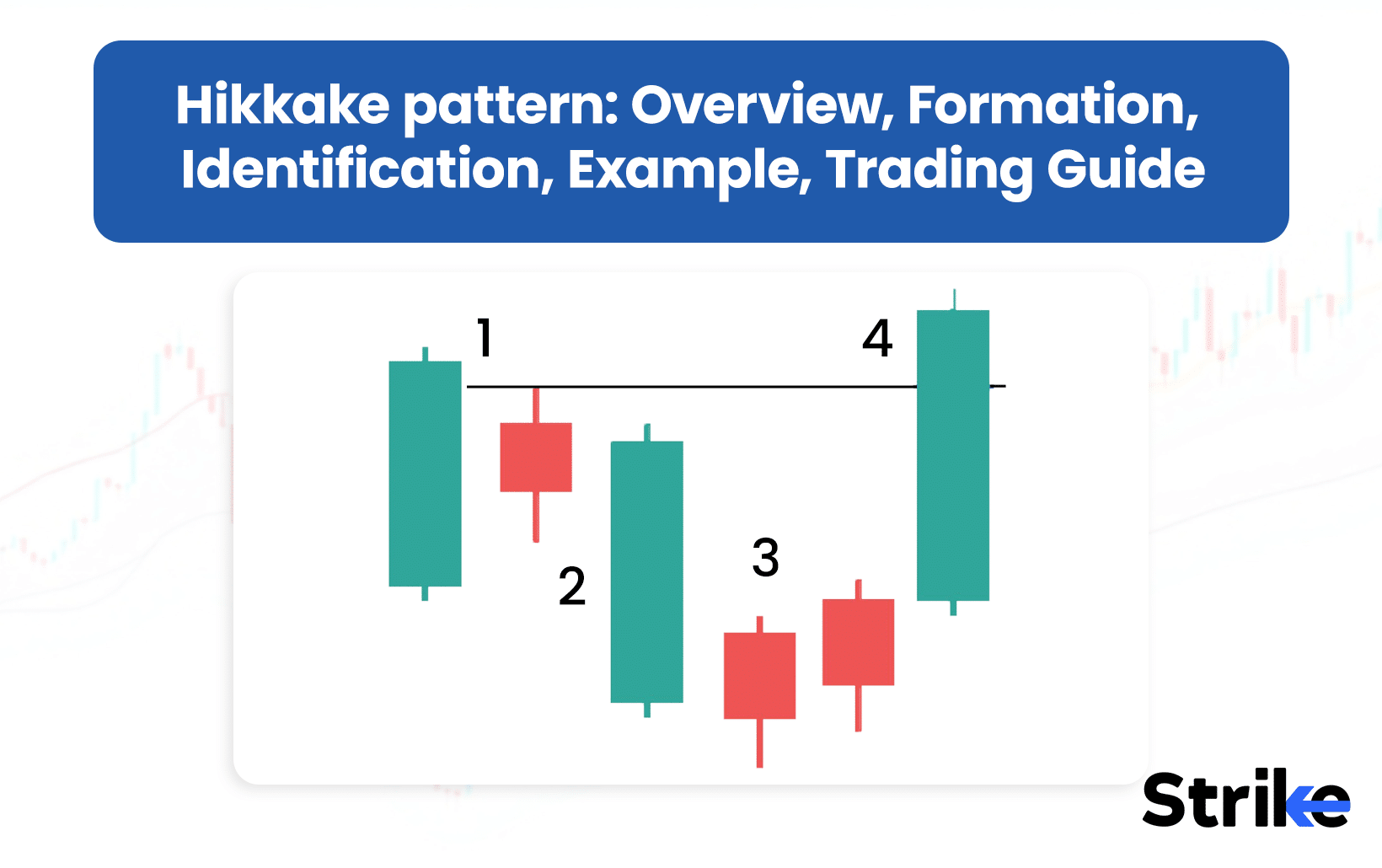
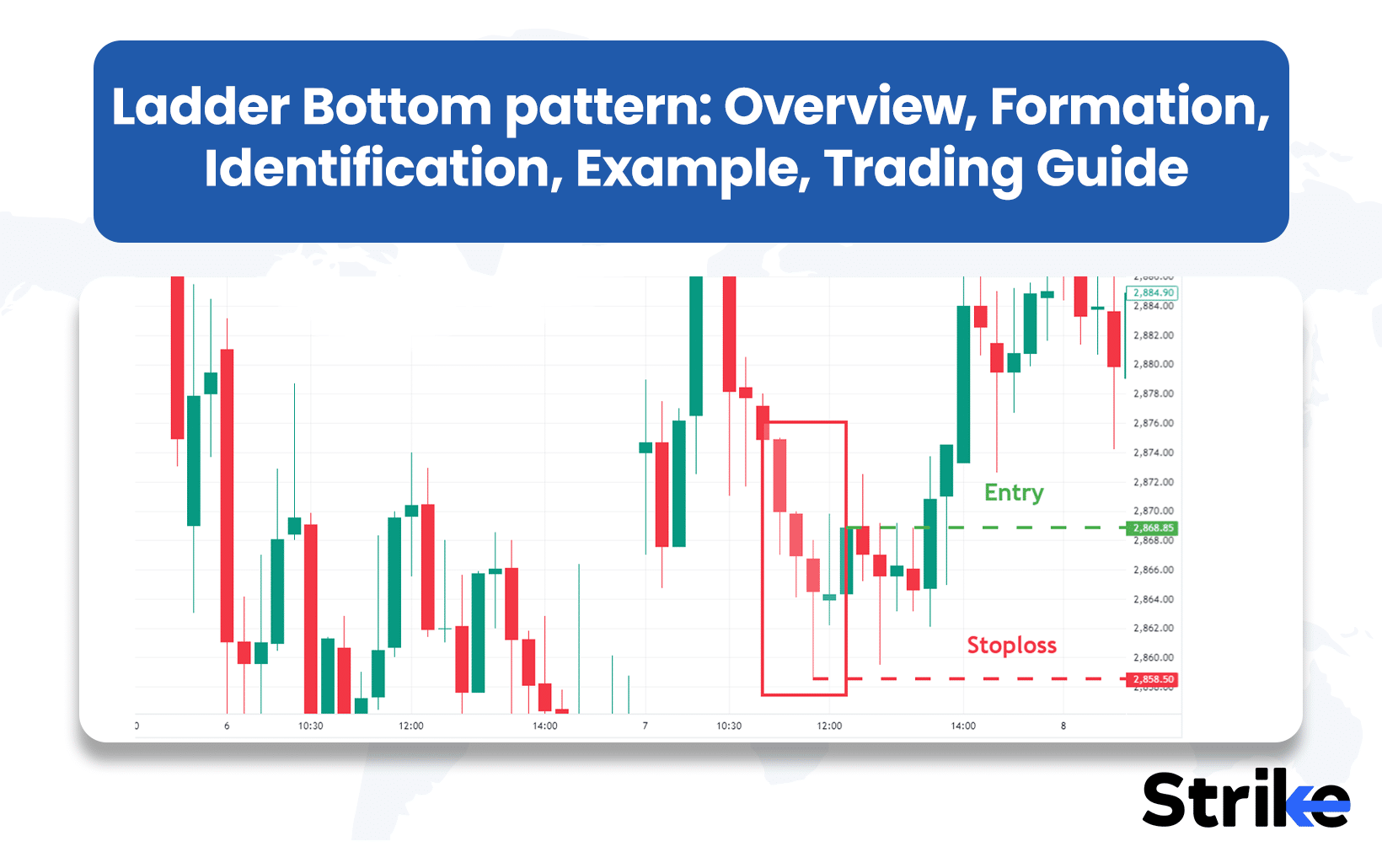




No Comments Yet.